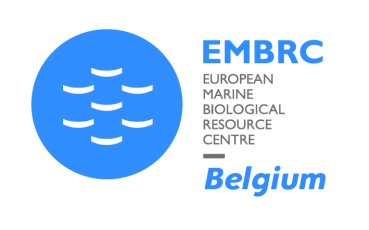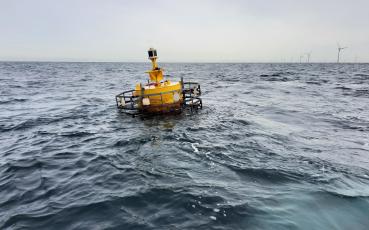The Protistology and Aquatic Ecology lab, the VIB-UGent Center for Plant Systems Biology and a team of international collaborators recently published two high profile papers on the marine benthic diatom Seminavis robusta. Despite the fact that benthic diatoms represent the bulk of the species diversity of this keystone group of aquatic primary producers no genome data were available for benthic species. The genome of S. robusta (Osuna-Cruz et al. 2020) turned out to be surprisingly large, the assembly reaching a haploid genome size of 126 Mb and encoding 36,254 protein-coding genes, the largest number of genes recorded in any diatom species. Remarkably, tandem duplications played a significant role during its evolution and contributed to extended gene functions related to light and oxygen sensing. Comparative analysis of genes with a high benthic signature revealed rhodopsin-like proteins, globins and detoxification enzymes to be key players in the ecological adaptation to the benthic environment. Additional large-scale expression profiling over a broad range of conditions identified 42 gene families related to sexual reproduction and 71 families showing specific responses to interactions with naturally co-existing bacteria. Our findings therefore reveal previously unknown candidate genes potentially controlling specific diatom traits.
In a parallel paper, Bilcke et al. (2020) describe how sex pheromone exposure in S. robusta activates transcriptional programs shared between mating types as well as mating type specific responses. A pheromone-induced cell cycle arrest resulted in a cascade of sequentially downregulated mitotic and cell wall genes while meiotic genes were simultaneously induced, including a unique sexual cyclin. The morphologically indistinguishable mating types of S. robusta showed profound differentiation at the behavioral and genetic level, including mate-searching behavior specific to mating type plus (MT+). Mating type minus (MT-) specific expression patterns allowed further dissection of the biosynthetic pathway of the attraction pheromone diproline. In addition to providing a model for early sexual reproduction in pennate diatoms, the study expands the suite of target genes to detect sexual reproduction events in natural diatom populations. Insight into this rare process is essential if we are to properly understand bloom dynamics, evolution and biogeography of diatoms.





















